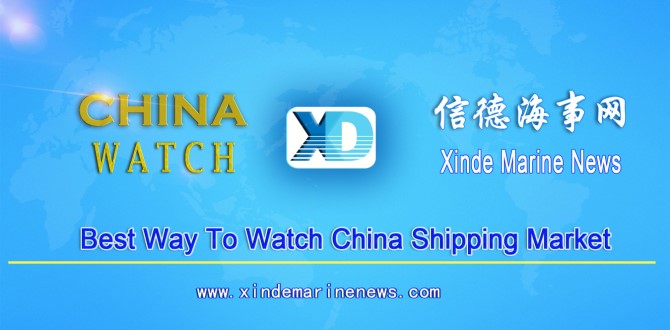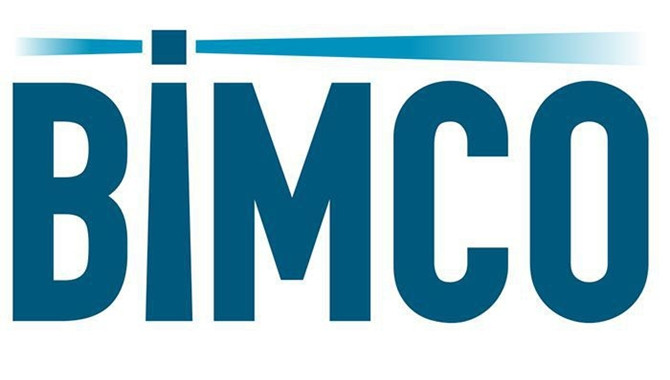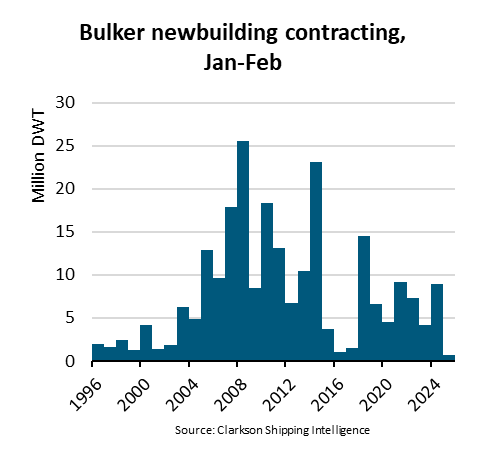Group B cargoes in the IMSBC Code are defined as cargoes that possess chemical hazards that could give rise to a dangerous situation on a ship.
Group B cargoes cover originally two categories - dangerous goods and goods that are hazardous when carried in bulk ( MHB). Dangerous goods carried in bulk are classified according to the hazards covered by the classification classes as defined by the International Maritime Dangerous Goods ( IMDG) Code. Dangerous goods always carry a UN number, e.g., ammonium nitrate-based fertilisers UN 2067 and 2017, seed cakes UN 1386 and 2217.
MHB cargoes, though do not qualify as dangerous goods under the IMDG Code criteria, are considered equally dangerous when carried in bulk according to the MHB criteria. Examples of MHB cargoes are "Direct reduced iron (DRI)", "Charcoal" and "Petcoke" . Note that cargoes can also be classified as MHB by analogy with similar cargoes carrying known hazardous properties or by a history of accidents.
Now with the new Amdt 05-19, Group B cargoes (ref: section 9.1 of the IMSBC Code) have now been re-classified as follows:
-
Dangerous goods as per IMDG Code classification for dangerous goods carrying UN numbers;
-
MHB cargoes; or
-
Dangerous goods that also possess additional MHB hazards.
Examples of cargoes falling under the new sub-group (3) would be "Metal sulphide concentrates, Corrosive UN 1759", carrying additional MHB hazards of self-heating (SH) or evolving toxic gas when wet (WT) and "Metal sulphide concentrates, self heating UN 3190", carrying additional MHB hazards, WT, TX (toxic) and CR ( corrosive).
The BIMCO online Solid Cargo Database has the
full listing of cargoes under Amdt 05-19 for your information and guidance.
The opinions expressed herein are the author's and not necessarily those of The Xinde Marine News.
Please Contact Us at:
media@xindemarine.com


 Ningbo Containerized Freight Index Weekly Commentar
Ningbo Containerized Freight Index Weekly Commentar  Ningbo Containerized Freight Index Weekly Commentar
Ningbo Containerized Freight Index Weekly Commentar  Ningbo Containerized Freight Index Weekly Commentar
Ningbo Containerized Freight Index Weekly Commentar  BIMCO Shipping Number of the Week: Bulker newbuildi
BIMCO Shipping Number of the Week: Bulker newbuildi  Ningbo Containerized Freight Index Weekly Commentar
Ningbo Containerized Freight Index Weekly Commentar  Ningbo Containerized Freight Index Weekly Commentar
Ningbo Containerized Freight Index Weekly Commentar